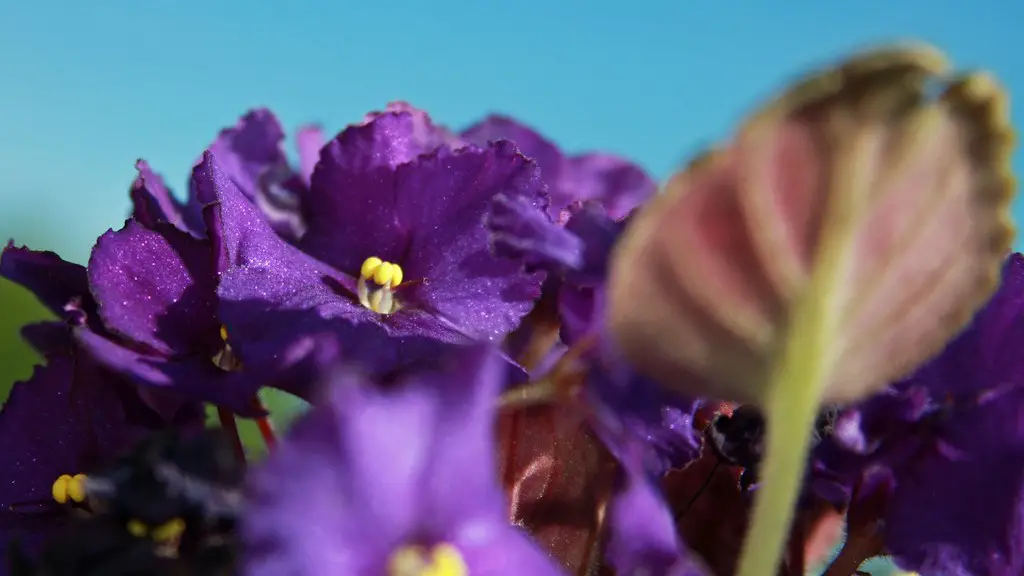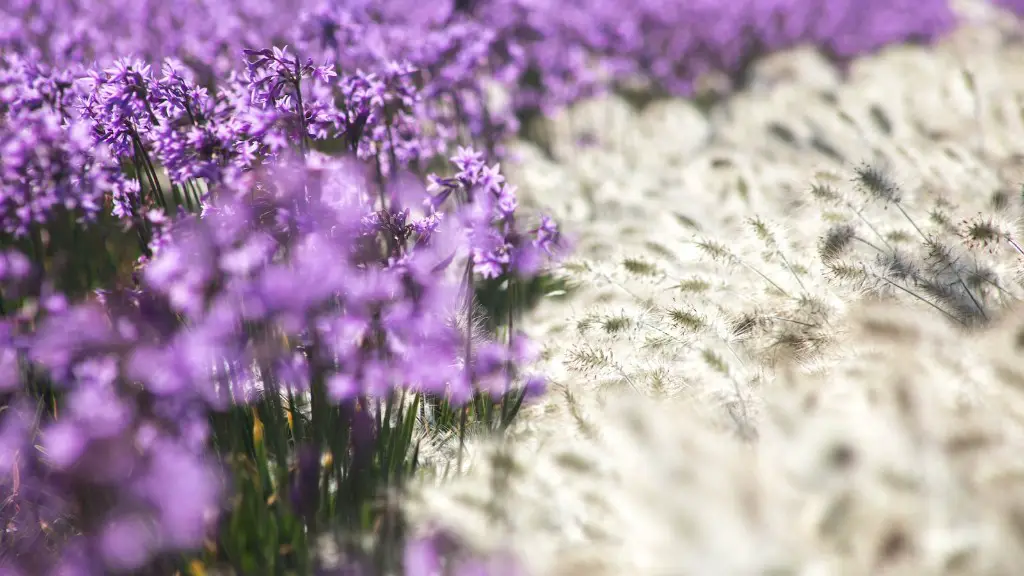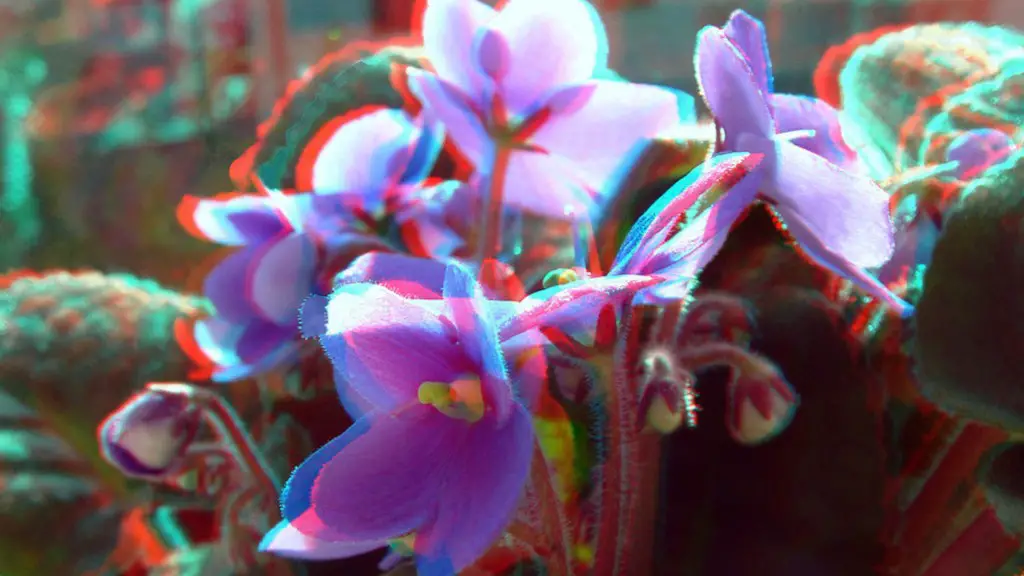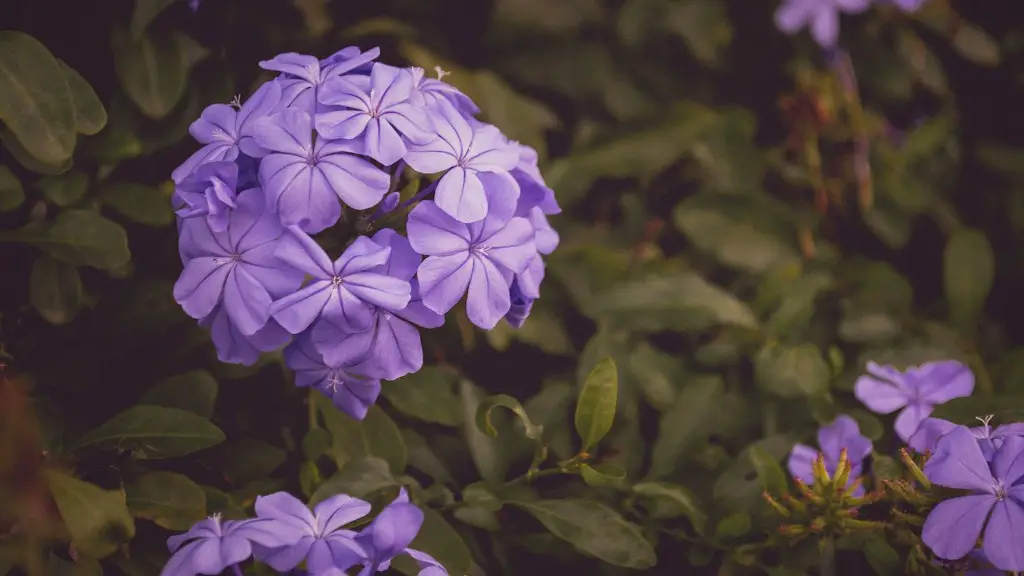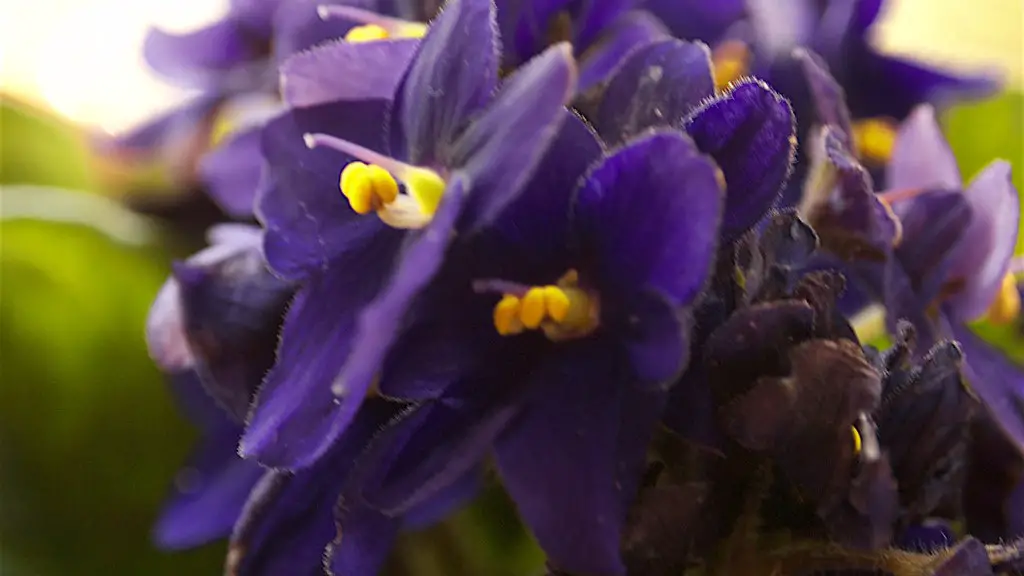African violets are a popular houseplant, and many people wonder if they do well in terrariums. African violets are native to Africa and thrive in humid conditions. They do best in terrariums that are well-lit but not in direct sunlight. The key to keeping an African violet healthy in a terrarium is to make sure it does not get too much water. Overwatering is the leading cause of death for these delicate plants.
Most African violets do well in terrariums as long as the temperature and humidity are controlled.
Is African violet soil good for terrariums?
If you’re looking to add some humidity-loving plants to your terrarium, African violets are a great option! These beautiful flowers thrive in moist conditions, making them perfect candidates for terrariums. Plus, their compact size makes them a perfect fit for smaller spaces. So if you’re looking to add a splash of color to your terrarium, consider adding some African violets!
African violets are beautiful plants that add a touch of elegance to any home. For best results, however, you should plant them in African violet pots. These pots are small (4- to 5-inch) ceramic or plastic self-watering containers that provide the plants with the proper amount of continuous moisture. By using these pots, you can ensure that your African violets will thrive and provide you with years of enjoyment.
What plants are good for closed terrariums
Terrariums are a great way to add some greenery to your home, and they can be especially helpful in areas with high humidity. Some plants that do well in high-humidity environments include ferns, African violets, Venus flytraps, starfish plants, air plants, baby’s tears, fittonia, golden clubmoss, and strawberry begonia. The only plants that will not do well in a terrarium with a lid are succulents.
African violets need bright, indirect light to thrive. A spot near an east- or north-facing window is often a good choice. Avoid placing them in direct sun, as this can scorch the leaves. If you don’t have a suitable window, you can place African violets under a fluorescent light fixture with two 40-watt tubes.
How do you make an African violet terrarium?
When setting up a terrarium for African violets, it is best to use a wide-bottomed container with a large lid. Place some gravel at the bottom of the container to catch any excess water, then add a layer of fine mesh and some moist, fast-draining soil. Plant your African violet in the center of the terrarium, making sure it does not touch the sides of the glass.
To root African violets in water, simply take a leaf from your plant or from a friend’s plant and place it in a cup of water. Change the water every few days, and after a few weeks, you should see roots growing from the leaf. Once the roots are a few inches long, you can transplant the leaf into soil.
Do African violets like bigger pots?
African violets need to be slightly pot-bound to thrive, so choose a pot that’s on the smaller side. A standard African violet plant should be potted in a 3-4 inch diameter pot.
If you are growing African violets, you can water them from the top or bottom. Either method is fine, but it is important to use lukewarm or warm water, not cold water. If you water from the top, be careful not to get any water on the leaves when the plant is in the sun. This can cause leaf spots.
Do African violets need shallow pots
African violets need shallow, breathable pots with appropriate drainage holes in order to properly thrive. Overly deep pots can cause the roots to rot, so it is important to provide them with a pot that will allow for adequate drainage and air circulation.
Opening up a closed terrarium and increasing airflow will reduce the humidity and the total level of water in the container, making it less hospitable for mold.
How often should I mist my closed terrarium?
To keep your air plant healthy, mist it 2-3 times per week. Make sure the plant is not sitting in water, as this can lead to root rot. After watering, the leaves will be stiffer as they are full of water. If you notice any wrinkling or rolled leaves, these are signs of dehydration.
A terrarium is a self-contained ecosystem in which all the necessary conditions for plant and animal life are present. In theory, a perfectly balanced terrarium should be able to sustain itself indefinitely. The longest-running sealed terrarium on record was built by David Latimer in 1960 and is still going strong today! While it’s impossible to create a completely self-sustaining ecosystem, a well-designed terrarium can be a low-maintenance way to enjoy the beauty of nature for years to come.
How often should African violets be fed
African violets are a type of plant that need fertilizer to stay healthy throughout the year. The best time to fertilize them is during the spring and summer months, every 14 days. In the fall and winter, it’s best not to fertilize the plant at all to prevent over-fertilizing.
Your African violets will need to be repotted every 1-2 years, depending on the size of the pot and the plant. Remember to use a well-draining potting mix, and water your violets regularly.
How often should a African violet be watered?
A wicking system is a great way to make sure your African violets are never over watered. Simply water the plant once a week and allow the plant to completely dry out between waterings. The wicking system will help to keep the roots of the plant moist, but not wet, which will prevent them from rotting.
African violets are best kept in an area with bright filtered light for at least 10 hours a day. They should never be in direct sunlight as this will scorch the leaves. The soil should be kept moist, but well drained to avoid the plant becoming soggy.
Conclusion
I do not have an exact answer, but from my research, it appears that African violets typically do well in terrariums.
African violets often do well in terrariums because they like humid, warm conditions. They can also benefit from the extra light that a terrarium can provide.
